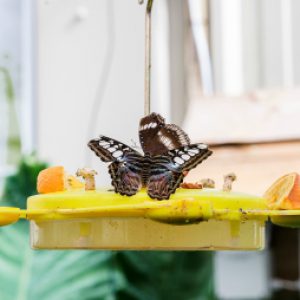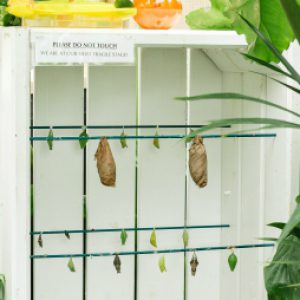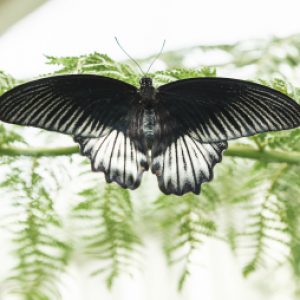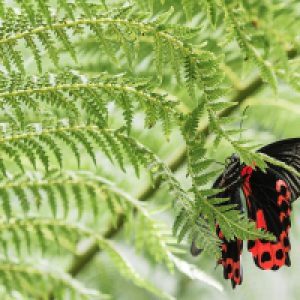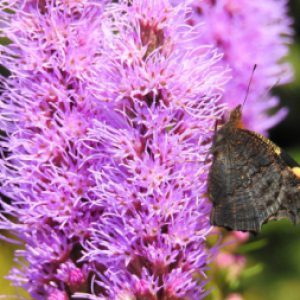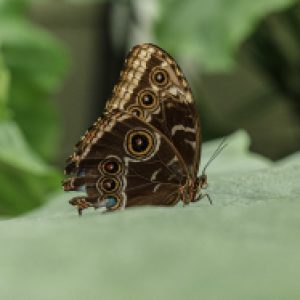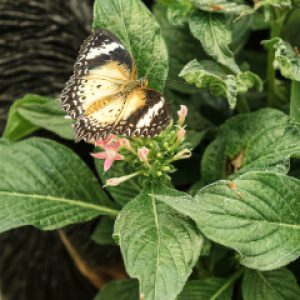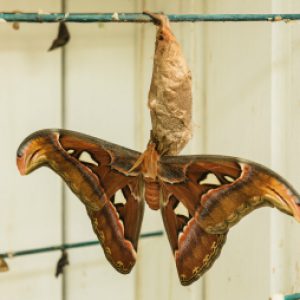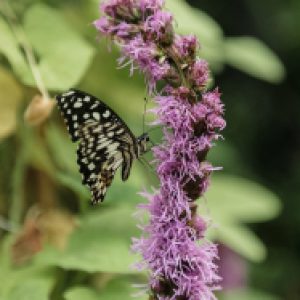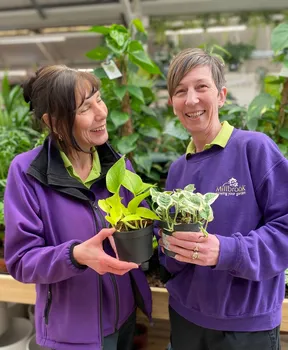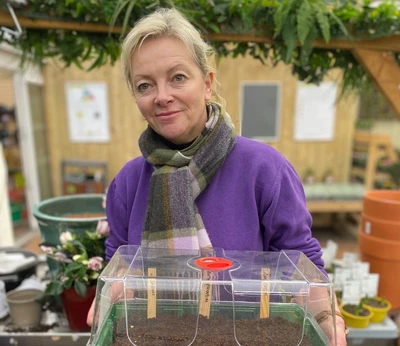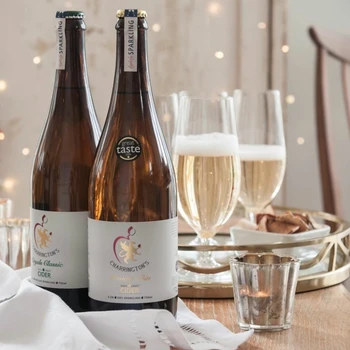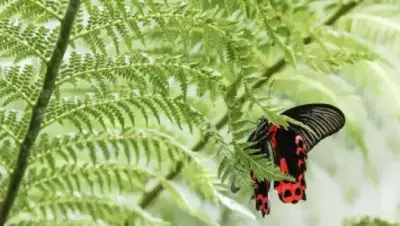
This year marks the second year for The Millbrook Butterfly Experience. Attracting over 5,000 visitors over the Summer, it’s a popular experience for customers and staff alike. This year, our Administrator, Kerry, was put in charge and she’s fast becoming our resident butterfly expert. Here’s what she had to say…
All creatures great and small
I’ve always loved nature and had a huge fascination with all creatures great and small. As a child, I remember keeping spiders as pets, catching flies for them to eat and tormenting my big sister. I kept colourful garden snails at my friend’s house in an old fish tank in their garden, learnt from my parents how to identify every native British bird & mammal and when on holiday loved nothing more than searching rock pools for sea life. I’m still reminded of the time I insisted on returning a crab shell to the exact location I’d found it so when the crab returned from its swim it would be able to find its clothes!
I was therefore really excited when given the opportunity at Millbrook to oversee the set-up and running of this year’s Butterfly Experience. My normal role as Administrator is office based in front of a PC, so it was a pleasant change of scenery, although the humidity plays havoc with your hair!
Officially a butterfly nerd
My knowledge of butterflies was pretty minimal in the beginning, however the Internet is a wonderful thing and with some really great helpful information, advice and tips from Aylett Garden Centre in St Albans, who have run their successful seasonal Butterfly Corner for a few years, the seeds of passion were sown and I’m now officially a butterfly nerd!
Duty of care
First of all, at Millbrook we have a duty of care to ensure that as living creatures, they are kept in a suitable environment, given a suitable diet, able to exhibit normal behaviour and protected from pain and suffering.
The perfect mixed plant scheme
We therefore filled the enclosure with a mixed plant scheme. Some plants, such as Pentas, Hibiscus, Thunbergia and Liatris, are perfect for the butterflies who like to drink nectar. Other plants, such as Musa, Lime and Passiflora, are perfect host plants on which to lay eggs and for the caterpillars to eat. Finally, tree ferns and plants such as Bromeliads, Ficus, Kentia Palm and Monstera are great visually for giving that tropical jungle feel whilst giving shelter to resting butterflies and providing great places for caterpillars to pupate.
Purchasing the pupae
Our pupae are purchased from London Pupae Supplies who supply from their own farms based in Thailand and the Philippines and a few selected breeders in other parts of the world. We don’t find out which species are available until the week before when their overseas shipment arrives and the pupae has been checked. Then we place our order to receive the following week boxed and wrapped in cotton wool. The pupae can then hatch anytime within 24 hours and 14 days so it can be difficult to anticipate how many active butterflies there are going to be on any given day. We hang the pupae from canes fixed using a non toxic fish glue.
Keeping the environment hot and humid
The lifespan of butterflies varies by species with some only living a week and others a few months. It’s important we keep their environment as humid as possible by running our waterfall, dampening bark chippings in between the plants and setting off fine overhead sprinklers outside of visitor hours. We also use greenhouse thermostatic heaters to keep it nice and warm. Each day we remove any cobwebs which could interfere with delicate butterfly wings and as some of our species prefer rotten fruit to nectar, we place plenty of juicy pieces around the enclosure along with a sugar/water solution to give them an extra energy boost. The down side of exposed fruit is keeping down the swarms of fruit flies. We have several pumpkin shaped fruit fly catchers containing apple cider vinegar and improvised cola bottle traps hidden in the foliage.
Butterfly stars
Our top breeding species this year included the Papilio Demoleus (Lime Swallowtail) whose caterpillars managed to demolish whole lime trees within days and then pupate and emerge into lots of new stunning butterflies after only a few weeks and the Caligo Memnon (Giant Owl) whose cute furry caterpillars double in size every few days and munch their way through the banana tree leaves at an alarming rate. Like many other butterfly houses around the country we have struggled to find any host plants that the stunning Blue Morpho butterfly wants to lay eggs on, so this is a challenge I’m setting myself for next year!
What happens to the butterflies after the Experience closes?
When our Butterfly Experience closes on the 14th September, any remaining butterflies, eggs and caterpillars are collected by The Bug Roadshow (a local bug enthusiast and educator), they are then relocated to a large tropical greenhouse in his garden and go with him on his visits to local schools and groups. For me it will be a sad day as I’ve grown very attached and regularly chat to all my “babies”. However, I’m full of ideas and improvements for next year which I’m sure will come round in no time.
The Millbrook Butterfly Experience
Come and be amazed by our tropical indoor garden and experience beautiful butterflies free-flying all around this Summer! The Millbrook Butterfly Experience is at Gravesend and Staplehurst from 1st July to 14th September (11am to 4pm). Tickets can be purchased in store only and cost £2 for adults and £1 for children.

